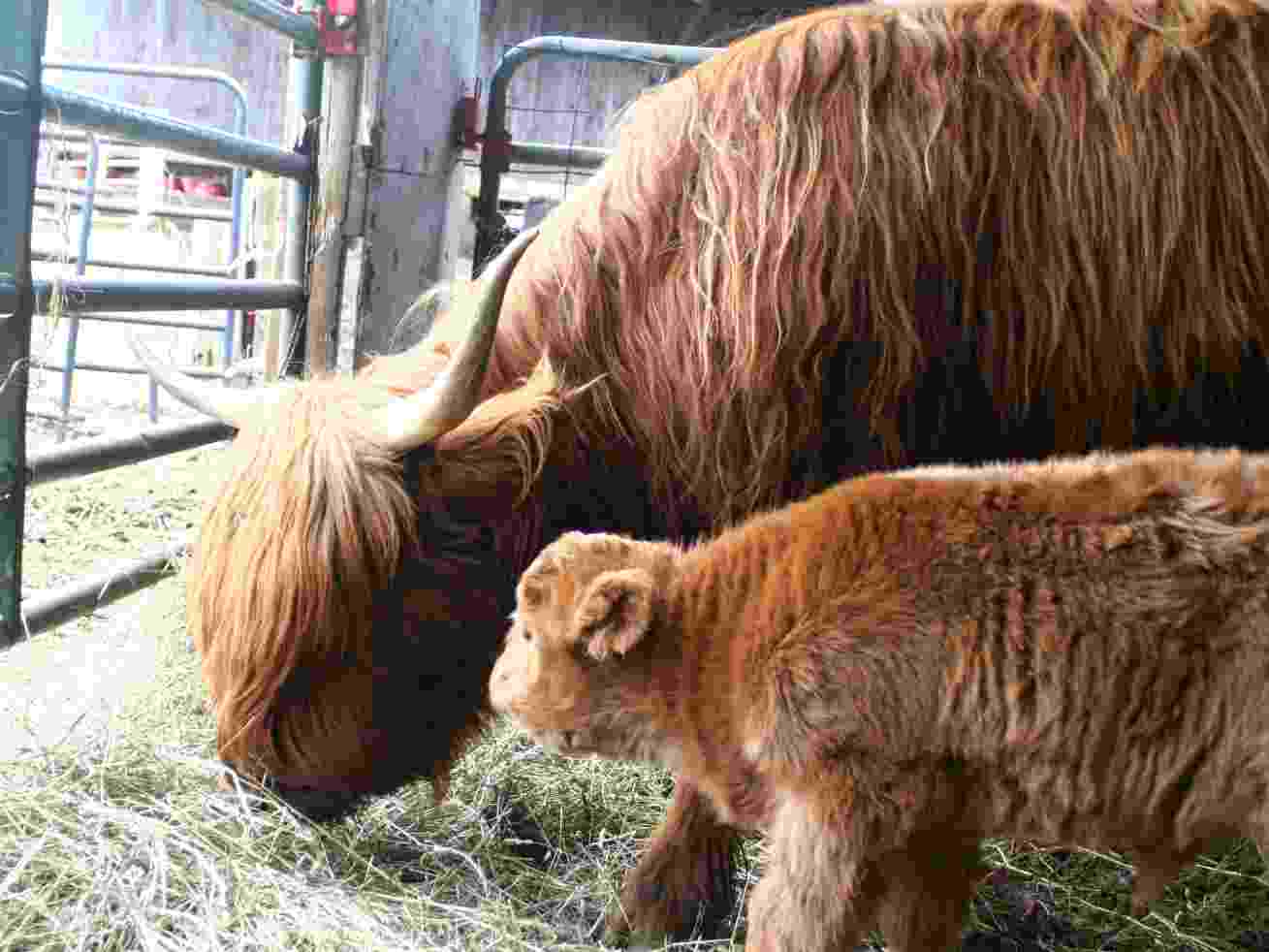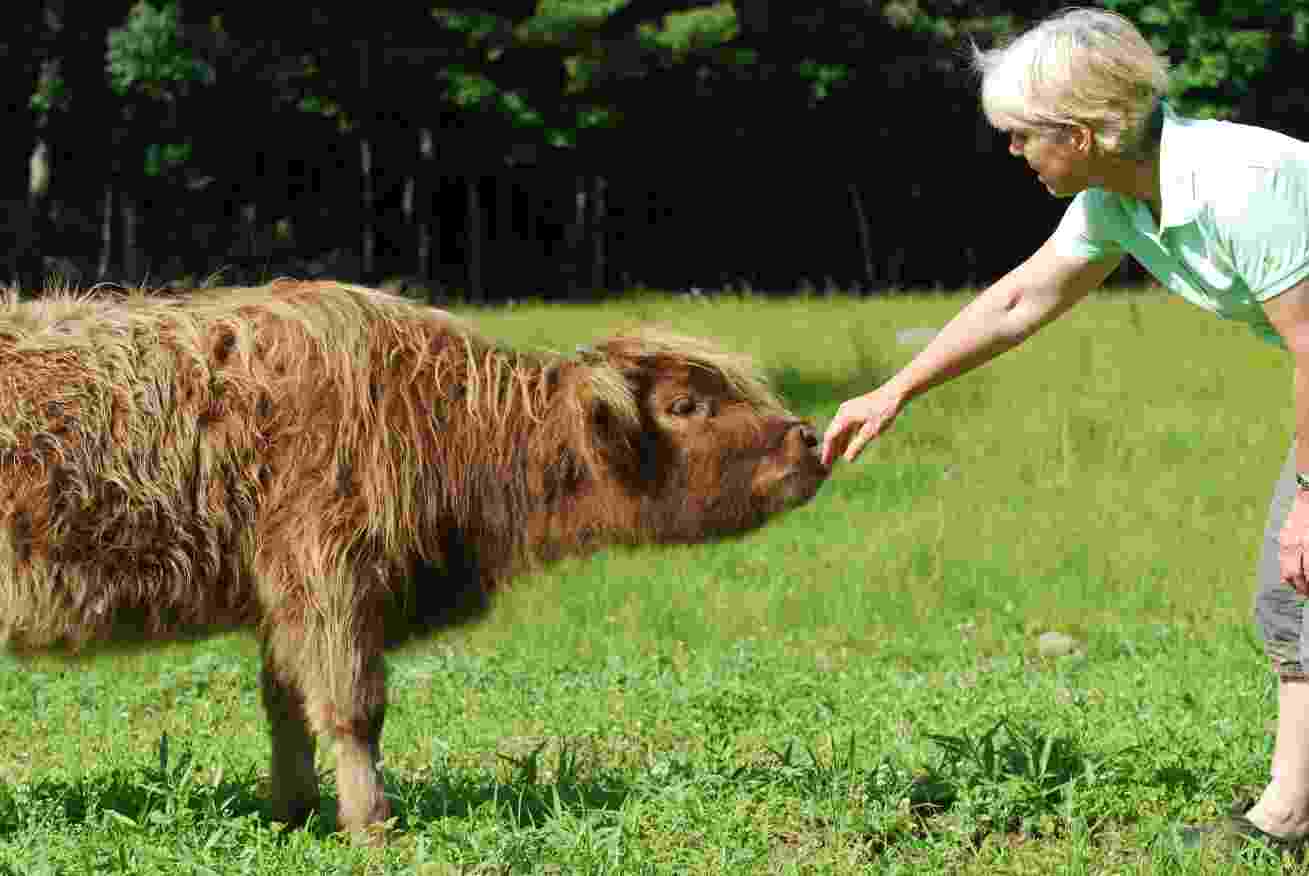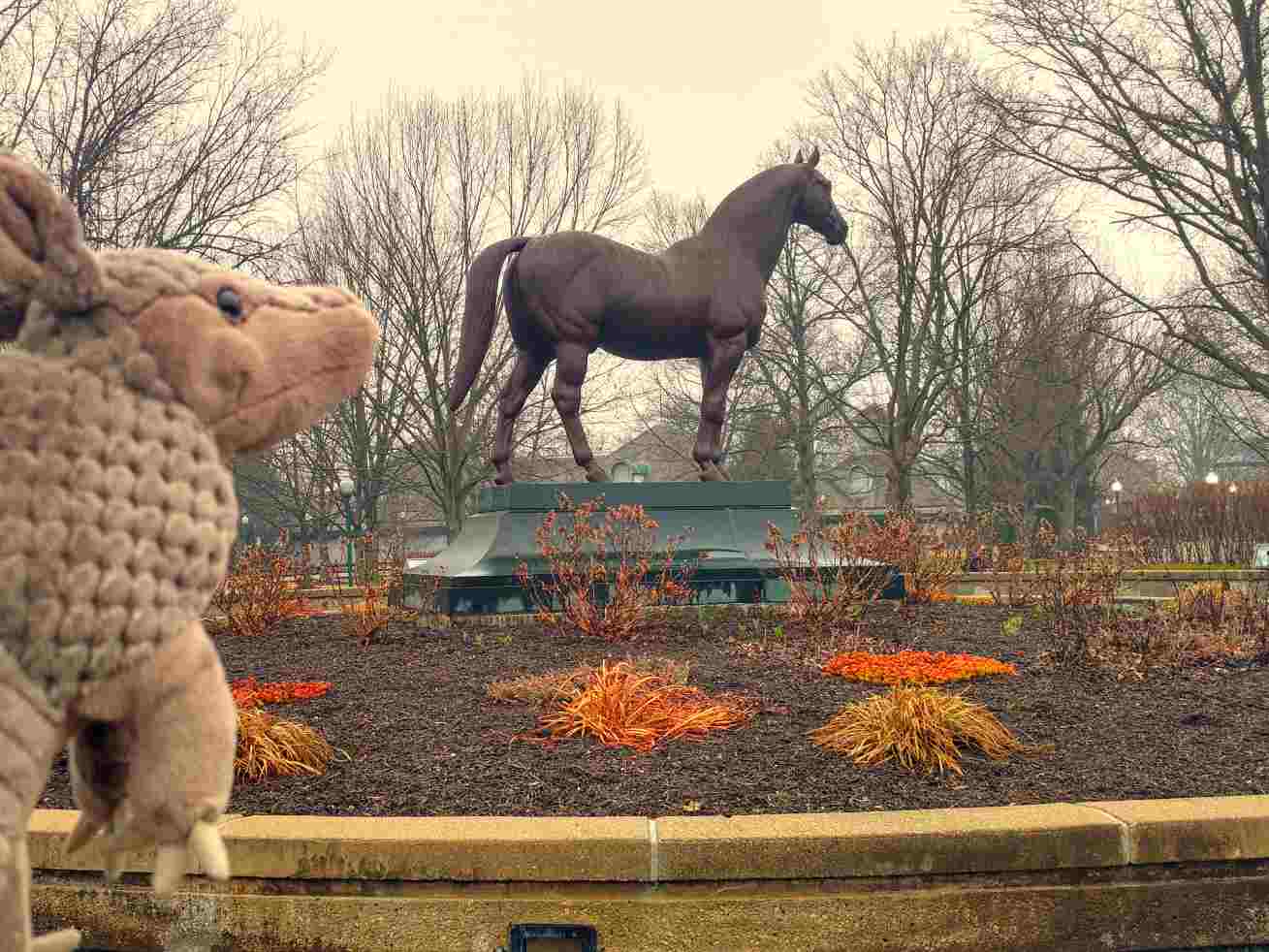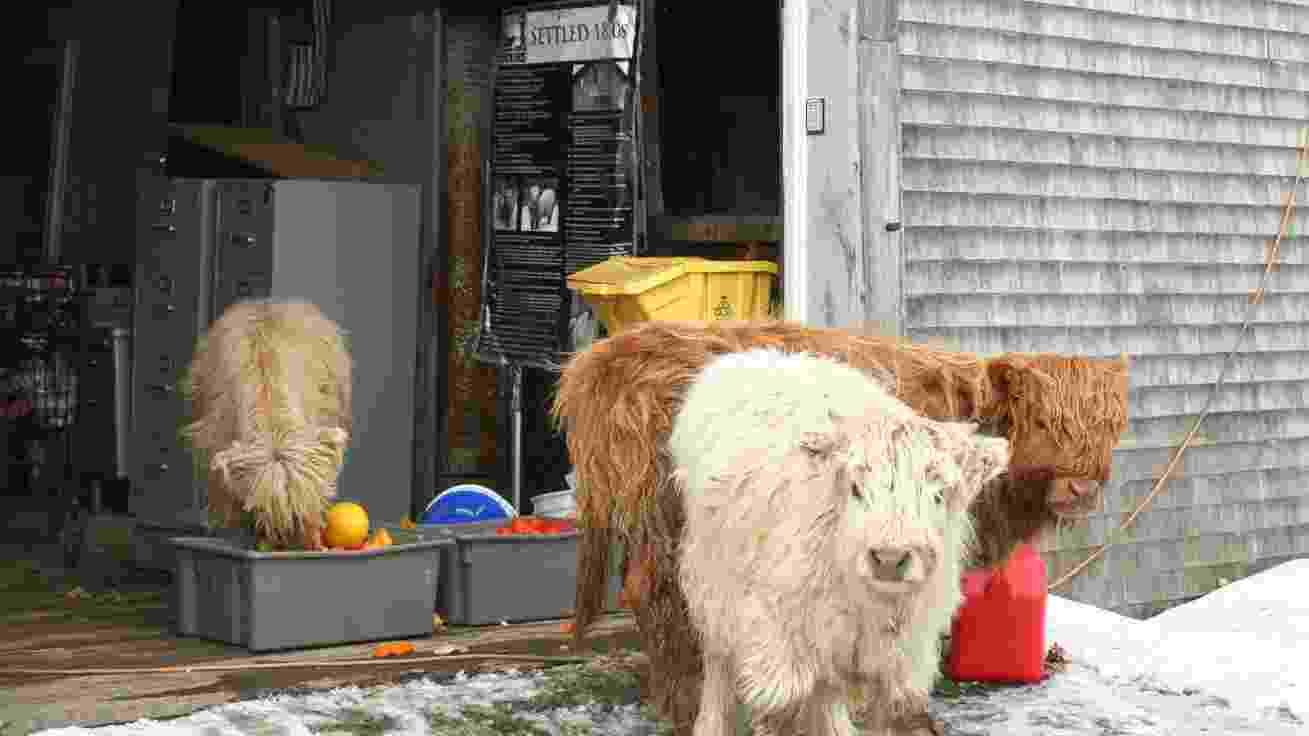Submitted
May 2, 2019
PITTSFIELD PLAYERS PRESENT THE HILARIOUS COMEDY
MAMA
WON’T FLY

The Pittsfield Players will stage the very funny, laugh a minute
comedy Mama Won’t Fly at the Scenic Theatre, 6 Depot St.,
Pittsfield, NH on Friday, Saturday and Sunday, May 10, 11 and 12,
and again on Friday and Saturday, May 17 and 18. All shows are at
7:30 pm, except the Mother’s Day matinee, which is at 2 pm. Tickets
are $15, and can be purchased by visiting the Players’ website,
www.pittsfieldplayers.com, and clicking on the buy tickets button,
or you can reserve seats by calling 435-8852. Here’s a great idea
for a Mothers’ Day gift – lunch and then the Players’ show Mama
Won’t Fly.
The story of Mama Won’t Fly involves an outrageously hilarious race
against the clock that begins when Savannah Sprunt Fairchild
Honeycutt agrees to get her feisty mother all the way from Alabama
to California in time for her brother's wedding. Savannah's problem:
Mama won't fly. With only four days to make it to the ceremony, this
determined daughter has no choice but to drive cross-country with
her equally willful mother, Norleen Sprunt, in Mama's vintage sedan.
As Savannah steels herself for this hastily conceived road trip,
another outrageous complication arises: the bubbly, over-eager
bride-to-be arrives unannounced. Hayley Quinn, delighted to finally
meet her future in-laws, is convinced that travelling together to
her wedding is the perfect way to bond. The folly of her decision
quickly becomes apparent when the journey begins and comedic chaos
ensues. Every conceivable—and inconceivable—mishap that can occur
does, including the theft of their car and all their clothes, a
near-fatal encounter at an underwear museum, the accidental homicide
of an ancient Texas relative, a mad dash across the desert in a
hijacked eighteen-wheeler and a riotous detour to Vegas that ends in
a brawl with an ordained showgirl/minister. As the misadventures
multiply, the beleaguered trio rapidly develops the urge to ditch
each other anywhere along the way. Eventually the race to get to the
church on time takes its toll and the overwhelmed bride calls off
the wedding. Rising above their age-old mother-daughter issues,
Norleen and Savannah work together to get the nuptials back on
track. In a surprising and heartwarming resolution, they forge an
exciting new path for their own relationship and welcome Hayley into
their delightfully wacky family. This ferociously funny,
family-friendly Jones-Hope-Wooten comedy will have you laughing your
way across the country and all the way down the aisle!
The show is directed by Marty Williams and costumed by Cathy
Williams, who is also appearing as Mama in the show. Vicki Watson
takes on the role of Savannah, her daughter, and Melanie Perkins
plays Hayley, the bride to be. Appearing in various other roles are
Heather Bradley, Mike Bunie, Beth Champagne, John Chinn, Maye Hart,
Lena Luongo, and Coy McCarty. Together this cast will keep you
laughing through the whole show. Don’t miss this truly funny comedy!
Submitted
April 29, 2019
Calf-birth by Appointment?

Three of the 15 calves we
expect this year have been born. Star gave birth to a Highlander
heifer named Rain on April 11 at 7 a.m, Alice on April 26 at 5pm,
and Sarah on April 28 at 7pm. Like most beef farmers, we plan for
springtime births by breeding cows in late July and August.
Nine-month gestation means calves will arrive in April and May when
the weather is warmish, and a nutritious explosion of grass is
imminent. Green grass provides high-protein forage for moms, and
warm weather keeps calves from freezing to death.
It’s an
effective system. However, can we take it a step further and
schedule the time of day for the birth? According to Drovers
Magazine, the answer is “yes.”
A survey of 15 beef producers in
Iowa and Missouri showed that the feeding schedule affects birth
times. Feed the girls in the morning, and only half of them will
give birth in the daytime. Feed them at night, and 85 percent will
give birth in the daytime. This is huge!
Farmers much prefer
daytime births. Most cows give birth without assistance, but
sometimes emergency aid is required.
For example Creamsicle, a
friendly Simmental cow had her first heifer calf easily enough.
However, she needed help the next four times. Each time the calf was
perfectly presented – head between the front feet – but these were
bull calves, which tend to be larger than females. After watching
Creamsicle struggle for an hour, I stepped in to enhance her pushes
with some pulls to get the babies out.
Sometimes the weather
poses a problem. A calf born during an April snowstorm – this is New
England – needs to be dried off and warmed up pronto. Another task
easier accomplished during the day.
Farmers need our sleep at
least as much as anyone else, and I can’t effectively monitor the
maternity ward from the boudoir. Sometimes veterinary assistance is,
and vets need their rest, too.
Cocoa, a Highlander cow, had been
struggling for several hours with a calf that was backward in the
womb. That birth, also during the day, required two people and the
vet to help extract the live calf. It would have been a challenge to
find a helper and a vet at 3 a.m.
So we are trying the new
method. It only works if the farmer can control feeding time. We
have no grass yet, so all of our cows are still getting hay. We are
feeding the cows their daily ration at 5 p.m. rather than at 8 a.m.
So far, we've had 100 percent success; Star gave birth in the
morning. That's only one out of 15 – not statistically significant,
but I hope the trend continues.
Of course, no matter when a
healthy baby is born it is always a joyous occasion. Stay tuned, and
I'll share baby pictures as the other 12 bundles of joy join the
herd.
Carole Soule is co-owner of Miles Smith Farm, where she
raises and sells pastured pork, lamb, eggs and grass-fed beef. She
can be reached at [email protected].
Submitted
April 15, 2019
5 Ways to Talk to a Cow
How to speak Moo-lish

Saying, "Hello," to a Scottish Highlander heifer
(photo courtesy of S. Laughlin)
While humans have words to express our feelings, a cow's vocabulary
is also extensive. Mooing is one way bovines “talk.” You might think
that one moo fits-all but not so. The soft chortle-moo of a mother
talking to her baby is distinct from the growling-moo of one bull
challenging another which differs from impatient-moos of cows
waiting to be fed. Continuous moos at 2am in the morning usually
means a mother is calling to a missing baby
Mooing typically means distress because cows only vocalize after
non-verbal communication fails. The best way to speak “Cow” or
“Moo-lish” is to learn body-language. Is her head lowered, did she
swing her horns at you, or did she kick? I've provided five more
obvious cow-language behaviors that I've observed.
1) Saying, “Hello.” When two cows
meet they stretch their necks and sniff the other. Humans can mimick
that behavior by holding out a hand just a few inches in front of
the cow's nose. Cows are currious and will often step forward to
sniff the out-stretched hand. Let the cow come to you, don't break
the spell by reaching at the last minute to touch her nose. Think
about it, when you first meet someone, would you like them to stroke
your nose? Didn't think so. Be polite, let the cow make the first
move.
2) “I don't want to talk.” Some cows
want to socialize, some don't. If you've said, “Hello,” and the cow
swings her head at you as if she was brushing you off, leave her
alone. She doesn't want to talk right then so say hello to another
cow.
3) “I like that.” Cows love back
scratches. Even the meanest cow will dip her head to the ground and
stand still if you scratch her back. She especially enjoys
scratching in those spots her horns can't reach like the top of her
tail or the middle of her back. Cow's hides are thick and a deep
scratch or massage will win her heart.
4) “More scratches.” Besides
back-scratches, cows love chest rubs. Topper, one of my oxen, will
search me out when I'm in the field. He'll rest his head on my
shoulder while I rub his brisket.
5) Kicking. All cows will kick if
startled. Everyone has a “blind-spot” and with cows it's
behind them. When you walk up to her, don't startle her. Say, “Hi
Bessie, I'm behind you.” Then move to her side so she can see you.
If you don't want to be kicked, don't startle the cow.
There are other ways to communicate with cattle and the best teacher
is observation. Come to the farm on April 13th from 11am-3pm to
start you cow-language education. You can watch a cow, try any one
of these techinques and even learn new ones. My cows will be
grateful if you know their language, but they will also be pleased
if you bring carrots.
Submitted
April 8, 2019
Aristocrats of the Horse World

Rudy-dillo, a plush armadillo we adopted in San Antonio, rides a
thoroughbred foal statue. Triple-Crown winner, Secretariat's statue
is in the background at the Kentucky Horse Park in Lexington.

Rudy-dillo gazes at Man o' War's life size statue at the Kentucky
Horse Park. Man o' War is related to my horse, Snap.
On a
recent road trip, husband Bruce and I stopped in Lexington to visit
the Kentucky Horse Park, a 1,224-acre working horse farm and
educational theme park. International horse competitions are held on
the grounds as well as daily equine demonstrations. We were there to
see the sculpture of racehorse Man o' War which stands life-like on
a pedestal near the gift shop.
You
might know Man o' War as a famous thoroughbred, but my gelding here
in New Hampshire knows him as “Grandpa.” Well, more like
great-great-great-grandpa. Born in 1917, “Big Red” (his nickname),
was one of the greatest racehorses of all time. After he won 20 of
21 races in the 1920s, he became a leading sire whose off-spring
included Triple Crown winner War Admiral and the much-celebrated
Seabiscuit. My 14-year-old gelding, Snap, is a direct
descendant of Man o' War, and while he has never raced, he has a lot
in common with his ancestor.
Big Red
was a talented but difficult horse. In his youth he would routinely
dump exercise riders, once running free for more than 15 minutes
after a morning workout. His trainer, Louis Feustel, channeled that
energy, molding him into a world-famous champion who attracted more
than 1.5 million people over his lifetime. Big Red also developed a
close relationship with his groom, Will Harbut, and died a few
months after Will in 1947.
Big Red
had flawless legs and solid bone traits he passed on to his
offspring, including my Snap.
He also
passed on other, not-so-desirable traits. Snap is purebred, and just
like purebred dogs, he has issues. Racehorses were bred for speed
only – not health or geniality. Two of my other horses, Moose and
Chester, are “mutts,” cross-bred for durability, not speed. Both are
sturdy and never get sick while purebred Snap often requires medical
care. Three months ago he contracted an abscess in his hoof. An
abscess is painful, but I think Snap played his pain like a skilled
actor. He lay on the ground, moaning until farrier Bethany Polston
was able to scoop out the infection.
He is
prone to colic, too. That's an intestinal blockage that can be fatal
to horses, partly because they are unable to vomit like the rest of
us. I've raised horses since 1992 but never had a beast like Snap
who, one year, suffered colic four. A few times his colic was
so severe that expensive veterinary assistance was required. Today
his colic is less frequent, but I still maintain a supply of
Banamine, an aspirin-like paste to relieve mild intestinal trouble.
But
Snap is much more than a rack of pain. He is an aristocrat. I'm sure
he gets his lordly attitude from Big Red. Snap often stands still,
gazing off into the distance, a posture described as “the look of
eagles." As the dominant equine, Snap keeps my three other horses in
line. He once chased a pony named Chester through a wire fence,
which sliced up Chester's right hind leg. He recovered, but keeps
his distance from His Majesty. Bruce calls Snap "difficult,” but he
calls me that, too. I just say Snap has “character.”
Despite
his aggression to the other horses, Snap is my best-trained steed.
He learns new commands quickly and stands stock-still as I hoist my
67-year-old body into the saddle. (I'm not as agile as I used to
be.) Except for spooking at the occasional boulder, he is energetic
but well-behaved on trail rides. Snap is a fun horse to ride.
I'll credit that to Big Red – along with his iffy health.
After
Lexington, we headed to Gettysburg. While driving, Bruce and I
listened to an audiobook about the Civil War battlefield and were
eager to see it. Gettysburg was a killing field for thousands of men
and for the dreams of Confederates, but let's not forget the
thousands of unfortunate horses caught in the middle of this human
conflict.
Submitted March 31, 2019
Fences Are a Joke to The Three Amigos

Sometimes I envy crop farmers. Their corn and potatoes do not steal
food from the apple trees, then run around the farm looking for
trouble. But neither do they provide entertainment.
Ferdinand is a white Scottish Highlander calf. Such calves typically
weigh 60 to 80 pounds at birth. Ferdinand weighed only 40 pounds.
But what an energetic 40 pounds! At first, I worried because he was
small that he'd also be weak, but within days of his birth, he
charged around the field, investigating every twig and rock. When
wild turkeys walked through his pasture, he would chase them,
wanting to play. Always on the lookout for fun, he'd engage older
calves, chasing them or being chased. He was a free and energetic
spirit.
Ferdinand quickly realized that, because he was small, he could duck
under the electric fence without getting zapped. Then he'd wander
around the barnyard, exploring its possibilities. His mom, Brittany,
watched him from the confines of the pasture and if she lost sight
of him, she'd moo for his return. After a few months, Brittany ended
her vigil. She either gave up or just trusted he would return.
Calves
develop friendships, and soon he convinced pasture-mates Allie and
Lorna to join him. He taught them to go under the wire and check out
the chicken coop, or munch on hay in the feed bunker. The feed
bunker is a sturdy, concrete structure where the dry hay and other
feed is stored and served. Cattle belong outside the bunker; they
have to reach in when food is served. Every morning we'd straighten
up the small bales of hay the calves pulled down and clean up the
manure deposited where it shouldn't be.

We call
those calves “The Three Amigos.” Their ages range from 6 to 10
months, with Ferdinand the youngest and smallest. Although he is
their leader, he is also capable of acting alone.
Every
morning we let the chickens out and leave the coop door open so the
birds can return during the day to eat or (hopefully) lay eggs.
Until recently Ferdinand would start each day waiting outside the
coop staring at the closed door, willing it to open so he could
squeeze inside and help himself to the chicken feed.
Then
he'd go spend the rest of the day with his gal pals, all of them
slipping under the electric wire, willing to risk a shock for the
pleasure of roaming freely around the farm.
This
freedom allows the Amigos available to come running when we serve
veggie scraps. We distribute bruised and out of date produce,
collected twice a week from Shaw's in Gilford, to the cows who
gather outside the feed bunker. While they follow the rules and poke
their heads in to eat, the three partners in crime stand inside the
bunker, ready to snatch pineapple skins and melon rinds that fall
out of the reach of the bigger animals.
When
the Amigos get bored or want a drink of milk, they return to their
mothers' pasture.
It's a
good thing the older cattle don't plunge through our fences. It's
one thing to have calves walking around the yard, but if 1,400-pound
Stash or Topper ran free, that would be a problem.
Soon
we'll have to wean the three delinquents and train them to respect
the electric fence. We did chain the chicken coop door to protect
the feed, but for a while yet I'm going to savor the joyous
spectacle of the three calves kicking up their heels and bouncing
across the lawn like kids at recess. Youth is fleeting and should be
celebrated fully, don't you think?
Carole Soule is co-owner
of Miles Smith Farm, where she raises and sells pastured pork, lamb,
eggs and grassfed beef. She can be reached at
[email protected].
To add
community info, events, or an obituary email
[email protected]
|